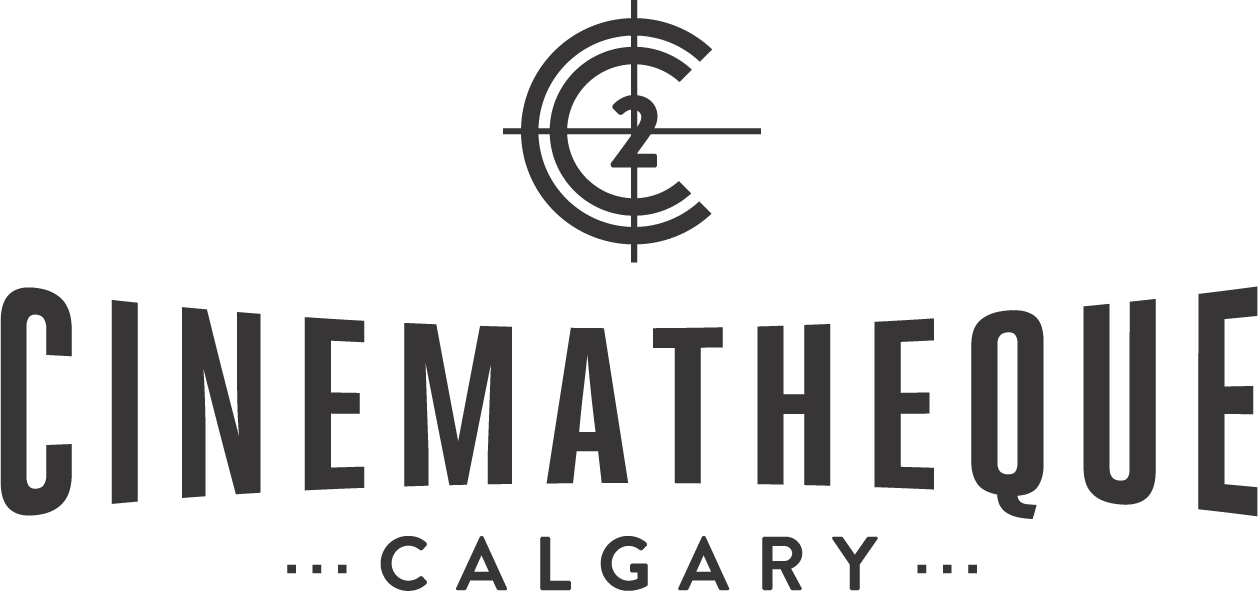Dir. Sergio Leone | 1968 | 164 min
Once Upon a Time in the West (Italian: C'era una volta il West)[3] is a 1968 epic Spaghetti Western film co-written and directed by Sergio Leone. It stars Henry Fonda, cast against type, as the villain,[4] Charles Bronson as his nemesis, Claudia Cardinale as a newly widowed homesteader, and Jason Robards as a bandit. The screenplay was written by Sergio Donati and Leone, from a story by Dario Argento, Bernardo Bertolucci and Leone. The widescreen cinematography was by Tonino Delli Colli, and the acclaimed film score was by Ennio Morricone.
After directing The Good, the Bad and the Ugly, Leone decided to retire from Westerns and desired to produce his film based on The Hoods, which eventually became Once Upon a Time in America. However, Leone accepted an offer from Paramount Pictures to provide access to Henry Fonda and to use a budget to produce another Western film. He recruited Bertolucci and Argento to devise the plot of the film in 1966, researching other Western films in the process. After Clint Eastwood turned down an offer to play the movie's protagonist, Bronson was offered the role. During production, Leone recruited Donati to rewrite the script due to concerns over time limitations.
The original version by the director was 166 minutes (2 hours and 46 minutes) when it was first released on December 21, 1968. This was the version that was to be shown in European cinemas and was a box office success. For the US release on May 28, 1969, Once Upon a Time in the West was edited down to 145 minutes (2 hours and 25 minutes) by Paramount and was a financial flop. The film is considered by some[who?] to be the first installment in Leone's Once Upon a Time Trilogy, followed by Duck, You Sucker!, called Once Upon a Time... the Revolution in parts of Europe, and Once Upon a Time in America, though the films do not share any characters in common.
The film is now generally acknowledged as a masterpiece and one of the greatest films ever made.[5] In 2009, the film was selected for preservation in the United States National Film Registry by the Library of Congress as being “culturally, historically or aesthetically significant”.[6] (wikipedia)
